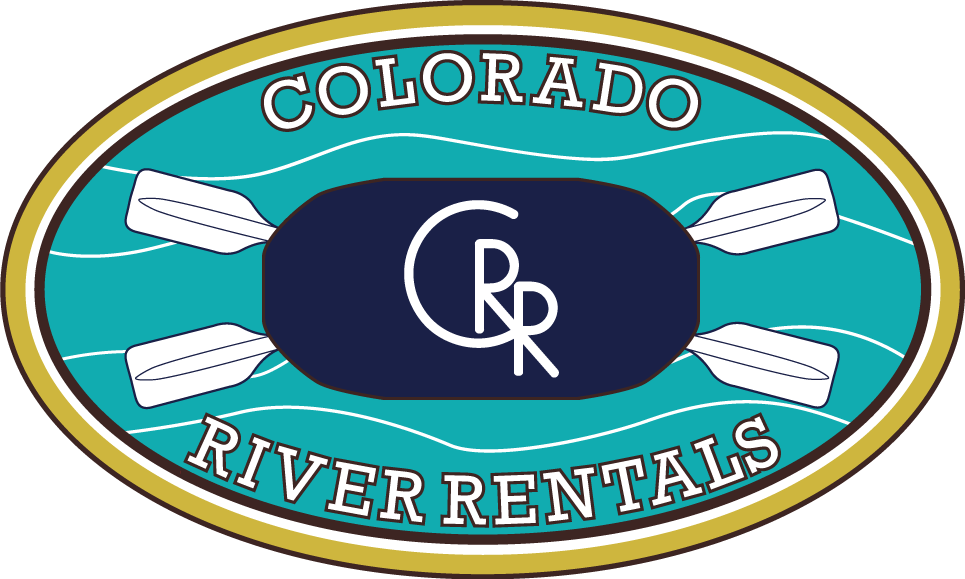River Water Flows Explained
Information on how rivers change with different water levels
Rafting is dependent on certain factors to have a good rafting season one of those factors is water levels.
Let’s Talk about Rivers
Rivers always flow downhill, of course! A stream, or a river, is formed whenever water moves downhill from one place to another. This means that most rivers begin high up in the mountains, where snow melts or in some other places where glaciers melt. On their way down to the sea, they collect water from rain and from other streams.There is another place where rivers rise up: springs. Where groundwater seeps up onto the surface, it may form a lake or pool or it may start running downhill right away, but one way or another, it is a river’s beginning.
Rapids
Now how do we get our favorite rapids? Rapids are areas of shallow, fast-flowing water in a stream. Rapids tend to form in younger streams, with water flow that is straighter and faster than in older streams. Softer rocks in the streambed erode, or wear away, faster than harder rocks. This process is known as differential erosion. We can not raft without rivers, so lets enjoy how rivers run and different ways they are affected by water levels.
Water Levels
Water levels are dependent on watershed– meaning if there is precipitation such as snow or rain, the water levels may change. Water levels can rise days or weeks after precipitation depending on the watershed and the amount of runoff. Keep in mind that it can rain hundreds of miles away and still affect the river you are on.
Besides watershed, a lot of rivers are now managed by organizations so we can control water flow. The government builds and operates dams in ways that create situations where sometimes there is very little water available, and sometimes there are sudden floods that are not seasonal. The dams hold seasonal floodwaters back in reservoirs and can release water. This is just another factor to keep in mind when determining water levels.
River water levels can change within minutes and it is very important to note levels prior to embarking on a river trip. MountainBuzz has a daily water flow monitor that is good to check. It monitors CFS, which is defined as cubic foot per second (cfs) as “the flow rate or discharge equal to one cubic foot of water per second.” Check MountainBuzz prior to embarking on a river trip and keep in mind all of these factors.
Get Gear

